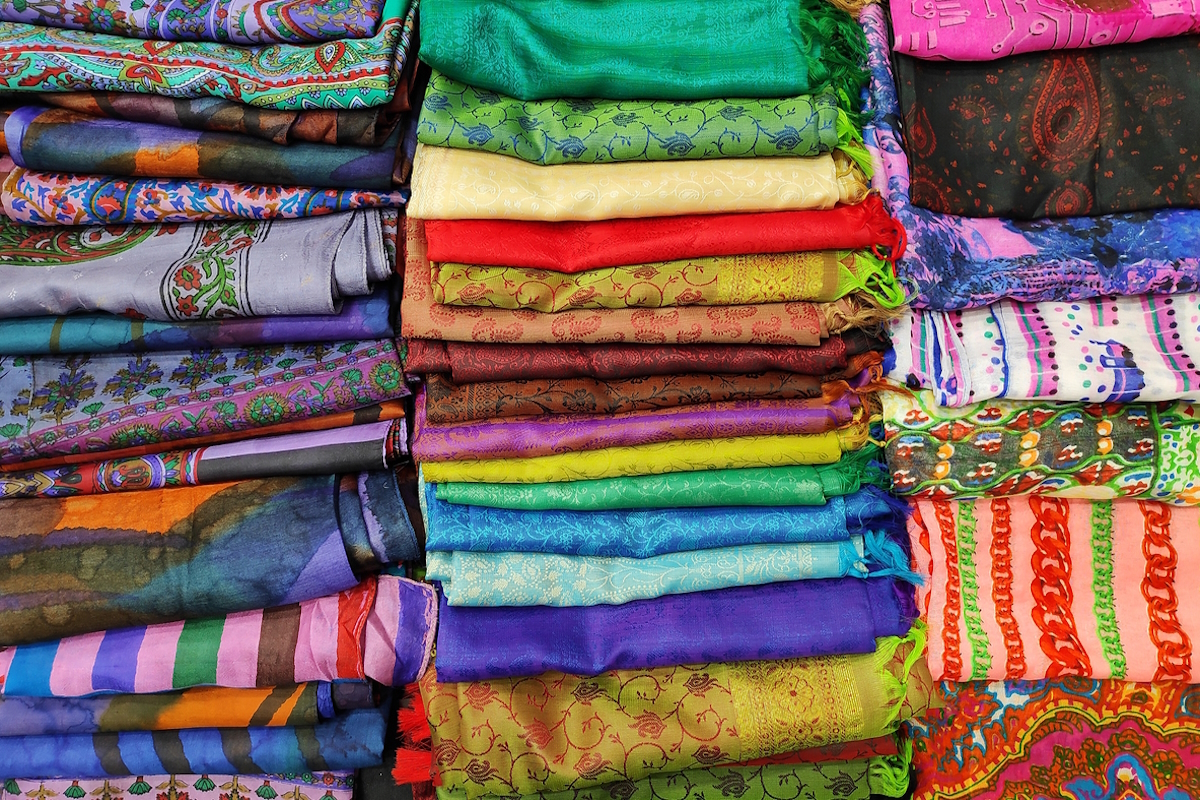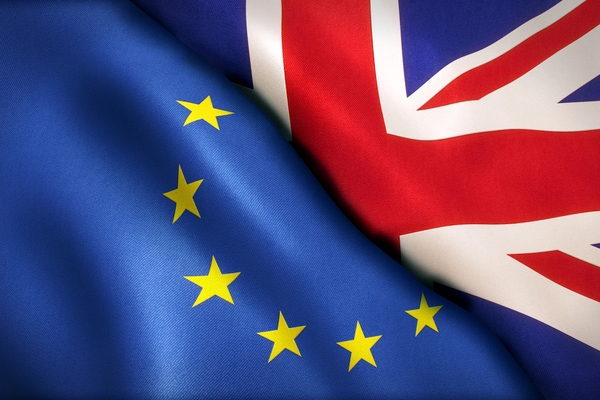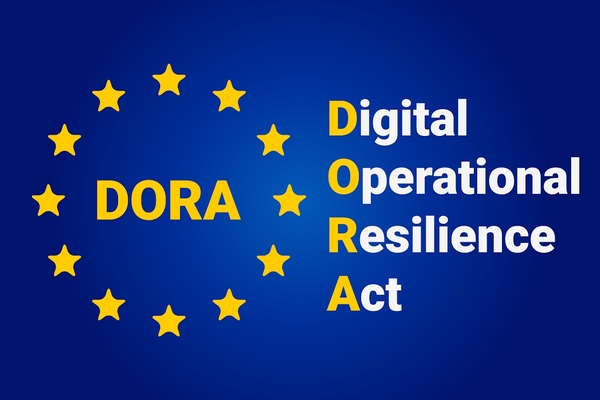The benefits of traceability technology

Alison Ward at CottonConnect explains how fashion traceability tech could benefit supply chain transparency across multiple sectors
Global supply chains are more complex than ever. It is becoming increasingly important for companies to have full visibility over their entire supply chains. At the same time consumers and regulators are demanding more transparency, and they are right to do so.
Consumers want to buy products that are safe, ethical and sustainable. Businesses have the accountability and a responsibility to provide that assurance and to evidence it with accurate and verifiable claims.
Traceability is the key to providing this level of visibility and allowing companies to build trust with their customers. In the food industry, for example, traceability allows a company to follow the movement of a food product and its ingredients through all steps in the supply chain. It can then tell consumers where the food comes from, as well as ensure efficient and accurate withdrawals of foods from the market in case of any safety issues.
The fashion industry similarly benefits from enhanced traceability. With supply chains crisscrossing continents, retailers sell products made from textiles that have often been through multiple processing stages and traded many times. Without traceability systems, it is hard to identify and evidence the original source of any garment or piece of fabric.
Take cotton as a case in point - after harvesting it undergoes ginning, spinning, dyeing and garment production – typically in different locations. Considering that nearly half of all textiles are made of cotton, the result is a vast and intricate global web of producers, suppliers and intermediaries.
Consequently, only a third of the top 100 clothing companies track their own supply chains, according to a study from the United Nations Economic Commission. More than two-thirds (69%) find the fragmentation and complexity of the global business network a key obstacle and this is likely to be the case in many other sectors.
There are many challenges with supply chain visibility, but they are not without solutions. Whilst this should always start with building effective, trusted relationships with people across the supply chain, advances in technology are also offering an increasing range of tools to support and enhance traceability efforts.
On the digital front, fashion brands and retailers need to have access to digital information so that they can undertake real-time monitoring and tracking. Companies can then gain greater visibility into their supply chains, an improved understanding of the movement of goods – from raw materials to end products – and the ability to better support their suppliers.
But when only tracing a textile digitally is not enough, the development of physical traceability tools is now providing businesses with a secure way of identifying and authenticating all materials and products, allowing them to communicate their origins with confidence and credibility.
In the cotton sector, for example, CottonConnect’s TraceBale platform helps brands track their raw materials and products through identifiers like holograms on the cotton bales, QR codes from farmers, as well as unique DNA-based markers. Once the marker adheres to the fibre, all the material manufactured from that cotton can be tested at any point in the supply chain. It’s how to prove that a specific fibre was used to manufacture a particular garment – including origin, quality and sustainability criteria.
By combining physical and digital traceability, this offers unique advantages that can be leveraged to improve supply chain efficiency, eradicate bad practices, prevent fraud and build consumer trust. It’s how to unravel the Gordian Knot of globalised supply chains and it’s something that we have been doing for well over a decade, supporting brands such as The White Company, Mark’s and C&A to unravel this knot in the supply chain for the equivalent of 1.4 billion t-shirts to date.
With growing consumer awareness and regulatory push, more suppliers themselves are moving toward sustainable practices. Fashion brands should also start an open dialogue with their suppliers, communicating how all parties can benefit from textile traceability. Without strong relationships, traceability tools will not be as powerful as full visibility needs contribution from every party in the value chain.
The concept of combining transparent relationships with digital and physical traceability tools itself has far wider potential. This model could be adapted to support the traceability of many other commodities – like other textiles, precious minerals and even food products.
Indeed, there’s no reason its fundamental approach – of giving each and every raw material an identifying mark that can be traced both physically and digitally – could not be applied to a whole range of goods.
The world is changing. As the climate emergency and its interlinked social crises escalate, companies are increasingly taking responsibility for their impacts on both people and the planet.
We have been fortunate to work with thought leading companies over the past 10 years with a genuine commitment to traceability and now tested technology exists to allow others to evidence their own good practices and target improvements.
Genuine supply chain transparency is possible. It’s how we are transforming the fashion sector to inspire more sustainable and transparent practices across the board.
Alison Ward is CEO of CottonConnect
Main image courtesy of iStockPhoto.com

Business Reporter Team
Most Viewed
Winston House, 3rd Floor, Units 306-309, 2-4 Dollis Park, London, N3 1HF
23-29 Hendon Lane, London, N3 1RT
020 8349 4363
© 2024, Lyonsdown Limited. Business Reporter® is a registered trademark of Lyonsdown Ltd. VAT registration number: 830519543





